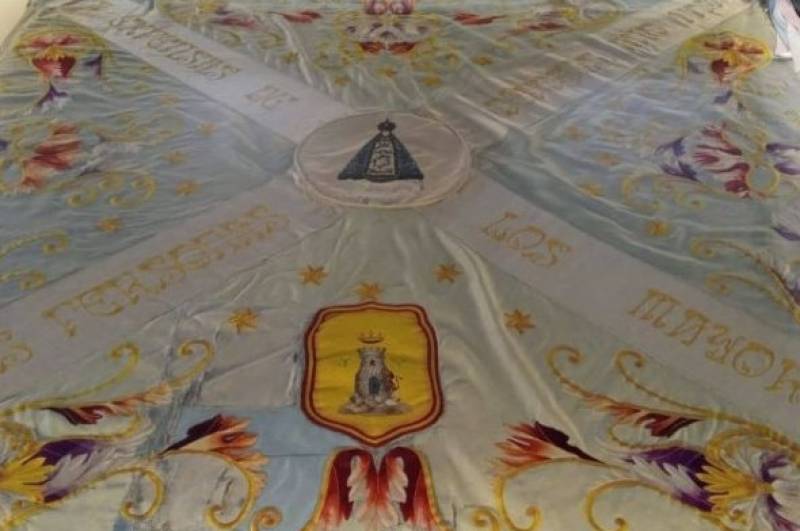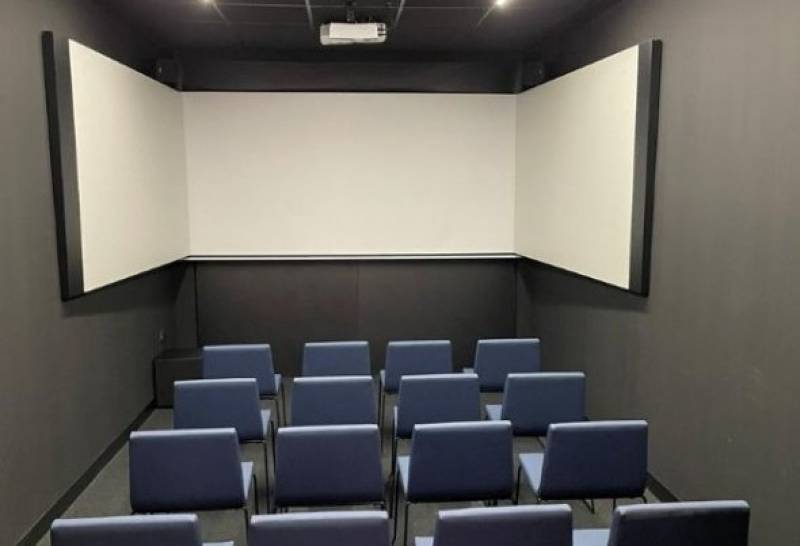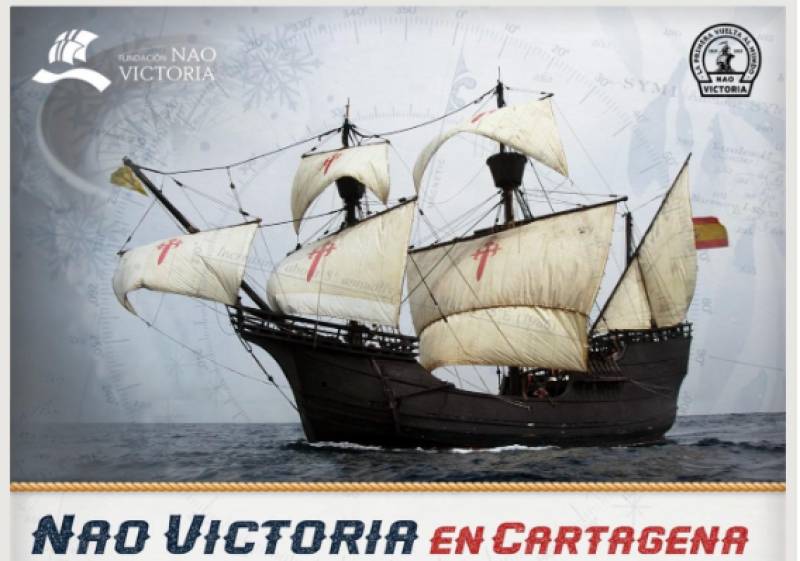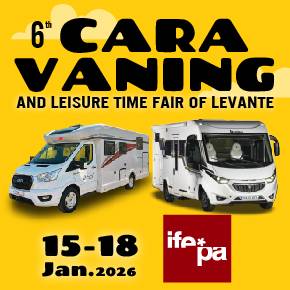- Region
- Vega baja
- Marina Alta
- Marina Baixa
- Alicante
- Baix Vinalopo
- Alto & Mitja Vinalopo
-
ALL TOWNS
- ALICANTE TOWNS
- Albatera
- Alfaz Del Pi
- Alicante City
- Alcoy
- Almoradi
- Benitatxell
- Bigastro
- Benferri
- Benidorm
- Calosa de Segura
- Calpe
- Catral
- Costa Blanca
- Cox
- Daya Vieja
- Denia
- Elche
- Elda
- Granja de Rocamora
- Guardamar del Segura
- Jacarilla
- Los Montesinos
- Orihuela
- Pedreguer
- Pilar de Horadada
- Playa Flamenca
- Quesada
- Rafal
- Redovan
- Rojales
- San Isidro
- Torrevieja
- Comunidad Valenciana
The Museo Mariano museum of the annual Fiestas Patronales in Yecla
Exhibits related to the unique fiestas of Yecla include standards, costumes and arquebuses!
 The Museo Mariano in Yecla is devoted to the display of all kinds of items related to the unique fiestas in honour of the patron of the town, which are held in December every year.
The Museo Mariano in Yecla is devoted to the display of all kinds of items related to the unique fiestas in honour of the patron of the town, which are held in December every year.
The origins of these fiestas lie in the formation of a company of military recruits under the orders of Captain Martín Soriano Zaplana, who marched them off to fight in the Catalan Revolt of 1642. Six months later they returned from a stay in the garrison of Vinaròs without having seen any action, and in recognition of their good fortune the men of Yecla marched up to the Santuario del Castillo to give thanks to the figure of Nuestra Señora de la Encarnación.
 From that moment it became an annual tradition to parade the Virgin down to the town and the church of La Asunción while firing their arquebuses (a predecessor of the musket). The first official statute regarding the order of ceremonies during the Fiestas was drawn up in 1786 and was not revised until 200 years later.
From that moment it became an annual tradition to parade the Virgin down to the town and the church of La Asunción while firing their arquebuses (a predecessor of the musket). The first official statute regarding the order of ceremonies during the Fiestas was drawn up in 1786 and was not revised until 200 years later.
Nowadays the fiestas are an explosion of colour, tradition and, above all, noise – visitors are warned to bring earplugs to withstand the salvoes of arquebus fire which accompany the processions!
The Museo Mariano contains various objects, including the processional platform on which the figure of the Virgen, now referred to as the Virgen del Castillo, is carried in procession. Glass cases hold various flags and standards which are used by the “Mayordomos” (the dignitaries appointed every year to head the parades), some of them well over 100 years old.
 There is also a projection room where visitors can watch an audiovisual presentation about the Fiestas de la Virgen, and one of the renowned “arcas cerradas” is recreated.
There is also a projection room where visitors can watch an audiovisual presentation about the Fiestas de la Virgen, and one of the renowned “arcas cerradas” is recreated.
A free App with audio guide is available at the entrance to the museum to help visitors make their way around the exhibits.
Address: Paseo del Barco de Ávila, next to the Santuario del Castillo, 30510 Yecla, Murcia (click for map)
The museum is located right next door to the Sanctuary of La Virgen del Castillo on the castle hill.
Telephone: 636 035696
Opening hours: Friday to Sunday mornings 11.00 to 13.30, Thursday to Saturday evenings 18.00 to 20.00.
If visiting Yecla don’t forget to make sure one of your first ports of call is the tourist office (Plaza Mayor, 1, email turismo@yecla.es, telephone 968 754104).
For more local events, news and visiting information go to the home page of Yecla Today.
staff.inc.ali
Oficina de Turismo de Yecla
In early 2025, due to renovation work at the usual office, the service is located on the other side of the Plaza Mayor at Calle Epifanio Ibáñez nº 2 (click for map).
 Yecla is a large municipality in the north of the Region of Murcia, home to just under 35,000 people, and these days is best known for its wines, which enjoy Denomination of Origin status, and its furniture production, which has its origins in the abundance of pine trees on the mountainsides and the high plateaux.
Yecla is a large municipality in the north of the Region of Murcia, home to just under 35,000 people, and these days is best known for its wines, which enjoy Denomination of Origin status, and its furniture production, which has its origins in the abundance of pine trees on the mountainsides and the high plateaux.
 While visitors in the 21st century may be attracted primarily by wine tourism, the town (or city, as it was proclaimed in 1878) also has a wide historical, cultural and natural heritage, and an identity quite different from the coastal areas of the Region of Murcia. For this reason it is often grouped together with its neighbour and fellow wine-producing area Jumilla as part of the Altiplano area.
While visitors in the 21st century may be attracted primarily by wine tourism, the town (or city, as it was proclaimed in 1878) also has a wide historical, cultural and natural heritage, and an identity quite different from the coastal areas of the Region of Murcia. For this reason it is often grouped together with its neighbour and fellow wine-producing area Jumilla as part of the Altiplano area.
Yecla borders with Castilla-La Mancha and the Region of Valencia and is closer to Alicante coastal areas than much of Murcia. These visitors come to see the historic old town itself - an atmospheric and interesting place, crammed full of history - the natural beauty of Monte Arabí, with stunning views for those who enjoy the outdoors, the gastonomy and of course the wine route.
 Yecla boasts cave paintings from 10,000 years ago in Monte Arabí, a Bronze Age settlement at El Arabilejo, Iberian remains in El Pulpillo and a Roman administrative centre at Los Torrejones as well as the remnants of the 11th century Moorish castle on the hill behind the town. More modern (and complete) testimony to the past are the buildings in the town centre, which include the grandiose Basílica de la Purísima, with its striking blue dome, the archaeological museum and the attractive Plaza Mayor, where the 16th century Town Hall stands alongside the Renaissance Casa de los Alarcos, the clock tower and the old grain store.
Yecla boasts cave paintings from 10,000 years ago in Monte Arabí, a Bronze Age settlement at El Arabilejo, Iberian remains in El Pulpillo and a Roman administrative centre at Los Torrejones as well as the remnants of the 11th century Moorish castle on the hill behind the town. More modern (and complete) testimony to the past are the buildings in the town centre, which include the grandiose Basílica de la Purísima, with its striking blue dome, the archaeological museum and the attractive Plaza Mayor, where the 16th century Town Hall stands alongside the Renaissance Casa de los Alarcos, the clock tower and the old grain store.
 The tourist office holds a full selection of leaflets, maps, pre-planned routes, accommodation and restaurant options and information about visiting Yecla for both individuals and groups.
The tourist office holds a full selection of leaflets, maps, pre-planned routes, accommodation and restaurant options and information about visiting Yecla for both individuals and groups.
There is parking close to the tourist office, although those driving to Yecla for the first time are advised to park in Calle Perales.
For further information go to the home page of Yecla Today.
Opening hours:
Tuesday to Friday 8.00 to 15.00
Saturdays 10.30 to 14.00 and 17.00 to 19.30.
Public holidays 10.30 to 14.00
Click for map, Yecla tourist office







































